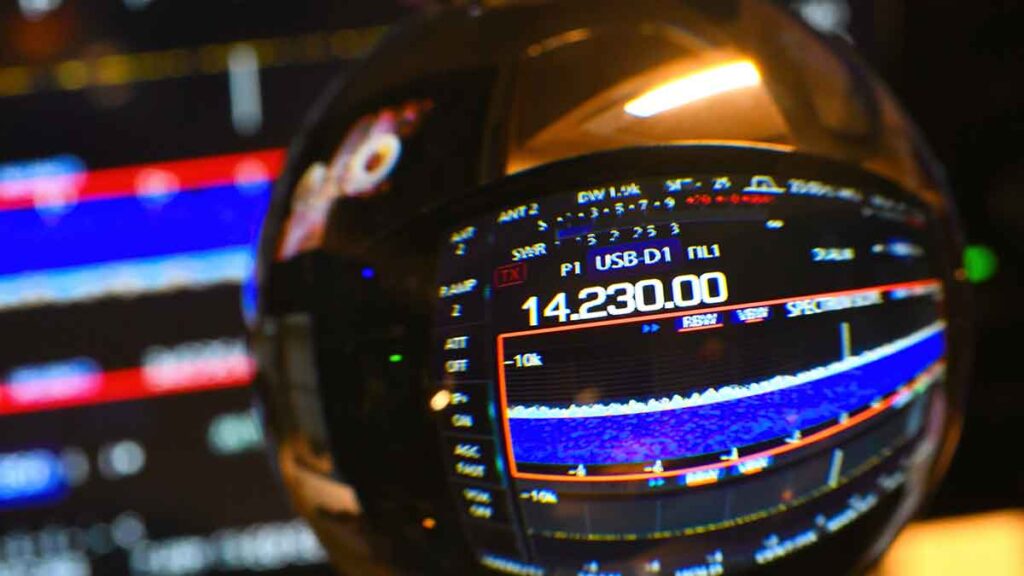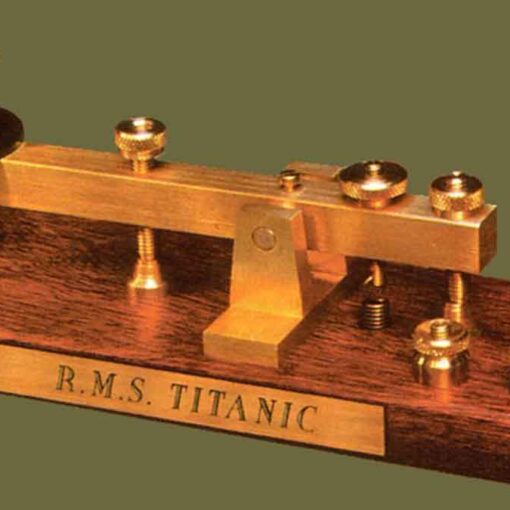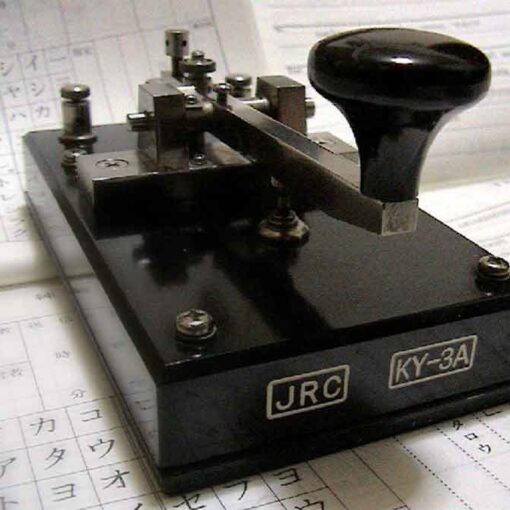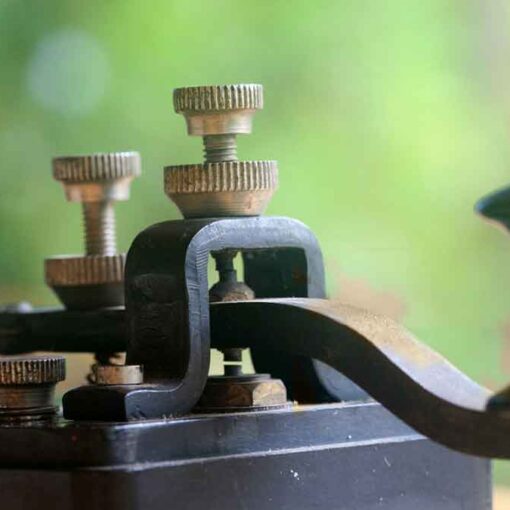
Above all, you should not go beyond the bounds of rules and good manners, which means that you should only transmit pictures related to the hobby (trial pictures, schematics, sketches, pictures of the equipment, station, operator, antennas, etc. ) or completely neutral pictures (landscapes, flowers, QSL cards). More generally, the content of the paintings should correspond to what was explained before.
If you are interested in SSTV, start by spending a lot of time monitoring SSTV frequencies and trying out the available software.
A few trifles at work:
Before making a CQ call, listen for a while to make sure the frequency you intend to use is clear.
Then ask several times “is this frequency in use?”, if no response, make your CQ call.
It’s a good idea before you turn in your paintings to make a phone call CQ CCQ SSTV, here it is…”
Always declare the broadcast class (protocol) before transmitting a picture.
Do not interfere with the QSO by transmitting a picture, use the SSB break to interrupt.
Never transmit a picture to another station without invitation or consent.
Never transmit a series of pictures, one after the other, without a reasonable pause between them. SSTV is intended to establish QSOs, not present a slide show. always ask the station you want to work with if they are willing to accept your paintings. DX stations usually operate from a list of correspondents who have applied for the corresponding frequency.
It’s a good idea if the picture you’re broadcasting shows both your initials and that of the station you’re broadcasting for.
Try to make your images have maximum contrast, and if text is part of it, display it in large, bold letters.



